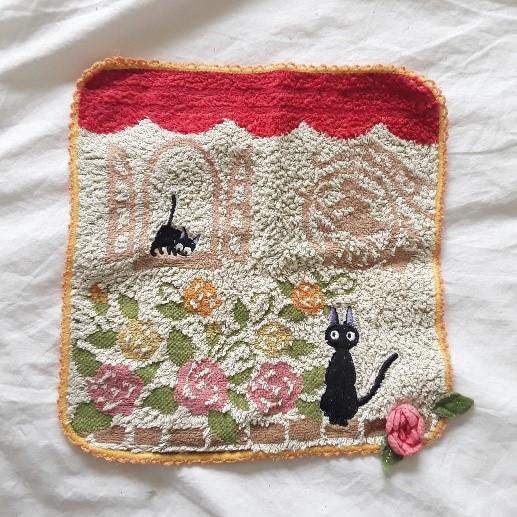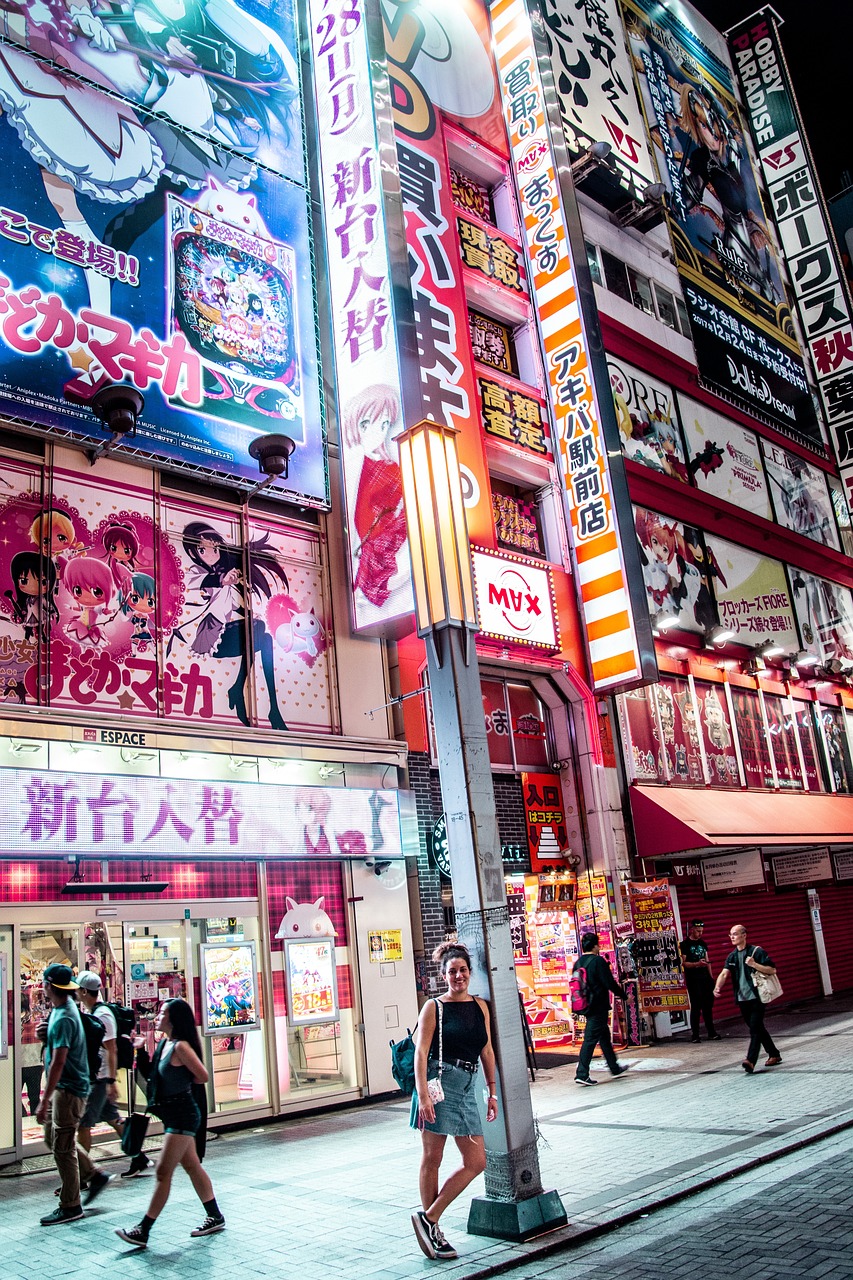Studio Ghibli films have always been important to me and my daughter in affirming and celebrating our connection to Japanese culture. There are few opportunities to do this for us – even when there are Japanese events put on in Cardiff where we live, they’re usually aimed at showcasing Japanese food and arts such as origami (folded paper art) to British audiences. They’re not really for us, who grew up folding lilies, frogs and cranes from decorated paper.
 Cranes are a symbol of happiness, and a modern tradition is to make 1000 folded paper cranes for someone who is ill or troubled.
Cranes are a symbol of happiness, and a modern tradition is to make 1000 folded paper cranes for someone who is ill or troubled.
As it is East Asian Heritage month, it was a particular pleasure to see an event on in my home city of Cardiff about the Studio Ghibli films. Dr Rayna Denison, of the University of Bristol’s Film and Digital Arts department, came over to give a talk about the films. As well as discussing ways in which the Studio Ghibli film art is developed, and touching lightly on the cultural background of Japan, Dr Denison gave some insider gossip about the studio’s team – who are subject to much speculation in fan groups of this highly specialist genre.
I did not have access to these films growing up; however by the time my daughter was born I was able to get DVDs of them and, as she grew older, we were able to go sometimes to see them in the cinema in Wales. They are now available on Netflix to view too. Hopefully there will be good opportunity to see the newest film (English title: The Boy and the Heron, as the Japanese title is untranslatable). Paradoxically a refusal to advertise the film in a commercial way has led to huge interest in it.
We visited Japan for the first time about five years ago. We spent most of our time in Kyoto, however we were determined to make one visit outside to the Studio Ghibli museum in Tokyo. (While there we also insisted on going to a 3-storey stationary shop – wow, we were very excited about all the calligraphy brushes and also the post-it notes with cartoon drawings on them.)
 A face flannel we bought at the museum, showing the cat Jiji from the film Kiki’s Delivery Service.
A face flannel we bought at the museum, showing the cat Jiji from the film Kiki’s Delivery Service.
Anime and manga are major genres in Japanese film-making, with anime being more vivid coloured films and manga being more akin to graphic novels. Some of these comics and films can be violent and adult-themed. Audiences in Western Europe are sometimes surprised at the content of PG-rated anime films too – there is quite a cultural difference there.
Studio Ghibli films have some vivid scenes, e.g. the Princess Mononoke battle scenes, however many of them are lyrical coming-of-age stories or celebrations of the natural world. Japanese religious faith and culture is deeply respectful and celebratory of the natural world. If you have had a takeaway sushi tray with a bright green zigzag plastic strip in it – that’s to remind you that the food comes from nature! The older religion in Japan, Shinto, is about spirits in nature: trees, foxes, supernatural beings. This has become intwined with Buddhism so when I fill in the religious box on forms, I usually put ‘Other – Shinto Buddhist’ as I don’t want to be thought of as a strict Buddhist – my approach to faith is more connected with nature. My daughter was very pleased recently as her University actually put ‘Shinto’ on their data collection forms and she was able to tick it for the first time.
There were a couple of questions asked at the talk about one of the central Studio Ghibli figures, Hiyako Miyazaki, and his activism in anti-nuclear protests. This is partly in response to the nuclear disaster at Fukushima following the terrible 2011 earthquake in Japan. However, at the heart of much Japanese culture is the ongoing horror still felt about the dropping of two nuclear bombs on Japanese cities during the Second World War. I always feel a bit weird when people talk about this on British TV shows. Sometimes it will come up on gardening shows: someone will be showing off their gingko collection and say casually that here’s one which survived the Hiroshima bombing. Of course to them it’s just an interesting fact, but I can’t repress tears at the thought of Hiroshima in particular – my grandfather was born in Hiroshima.
Sometimes, it’s what is represented as much as what isn’t that shows this. When we showed my mum My Neighbour Totoro, she couldn’t help laughing as she said it was an old-fashioned idea of Japanese countryside. It’s a nostalgic celebration of a pre-nuclear age when we were closer to the natural world, and growing our own food. Princess Mononoke is full of themes of sickness which humans bring on the natural world by a lust for power and domination, and which then threaten us ourselves.
Studio Ghibli films are great celebrations of women characters, with many showing courage in the face of difficulties, and there are some spectacular strong women: Princess Mononoke the wolf maiden (in the eponymous film) and Lady Eboshi her arch enemy in particular. The films can also be lovely celebrations of everyday life, rather than of great world events – so more feminine in that respect. Perhaps this is because, as Dr Denison showed us, many of the less well-known staff at the studio were women. She showed how some of the most beautiful scenes of nature were drawn by a woman animator. Hayao Miyazaki, perhaps the studio’s most famous film-maker, was also greatly influenced by his memories of his mother as can be seen in many of his storylines.
It was a great pleasure to hear the films talked about and think about some of the themes and the making of what have been so important to my daughter and myself, allowing us to maintain our connection to our cultural heritage and being. Arigato gozaimashita, Dr Denison. (Very respectful thank you!)




Rate and Review
Rate this article
Review this article
Log into OpenLearn to leave reviews and join in the conversation.
Article reviews